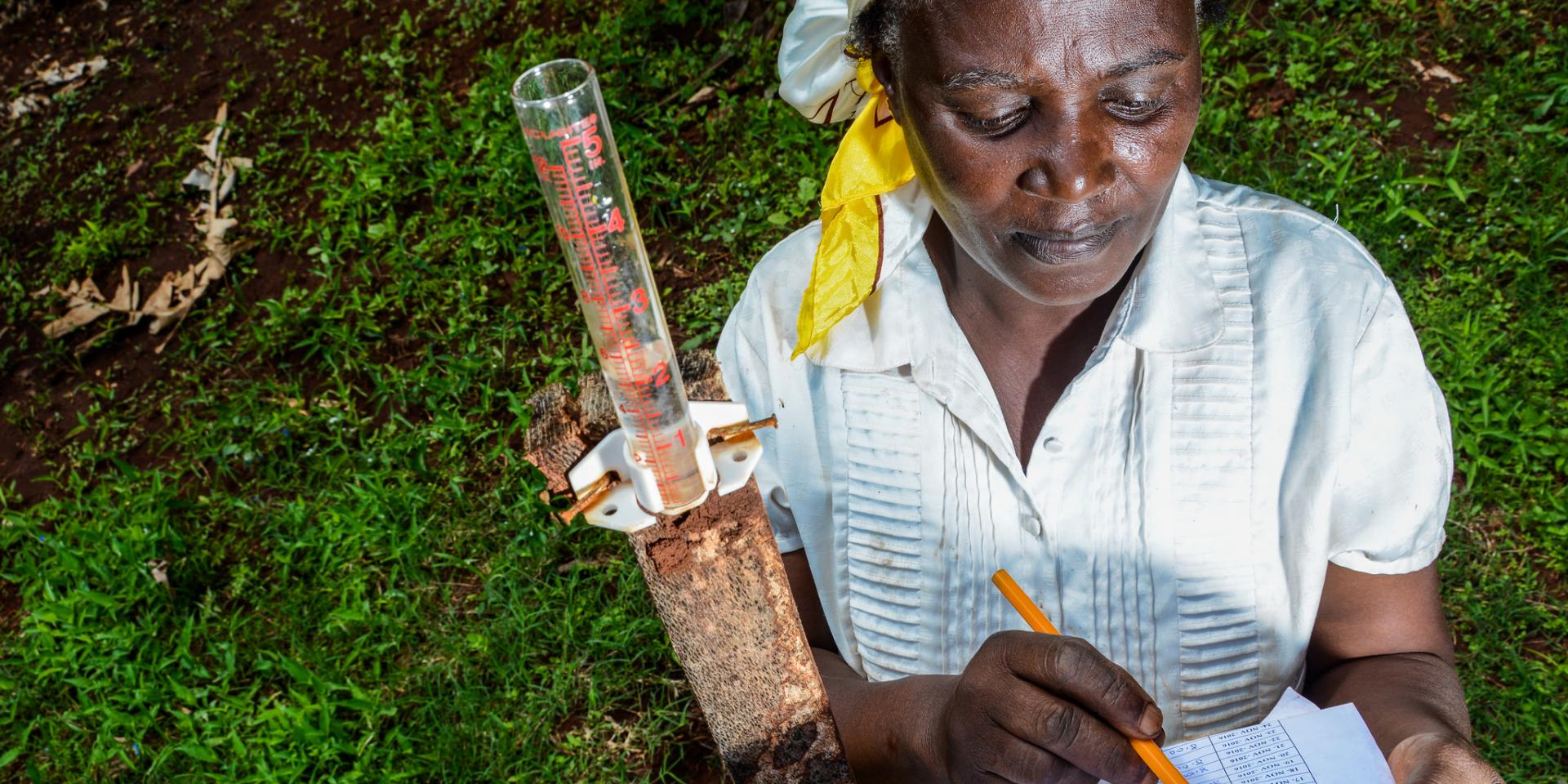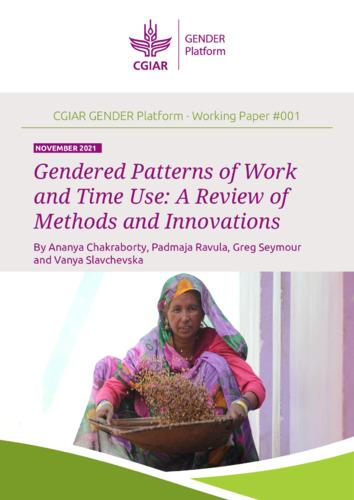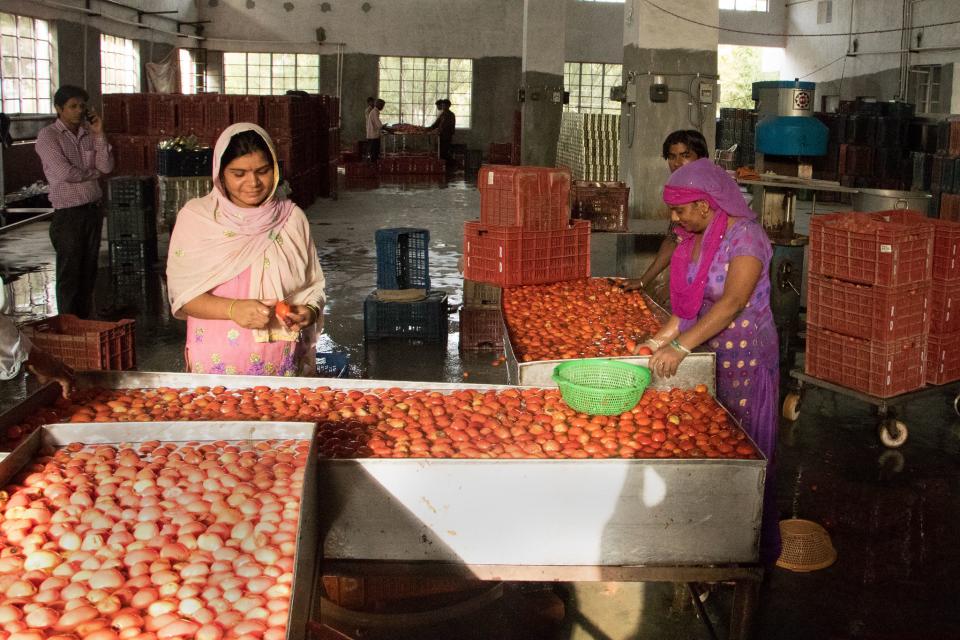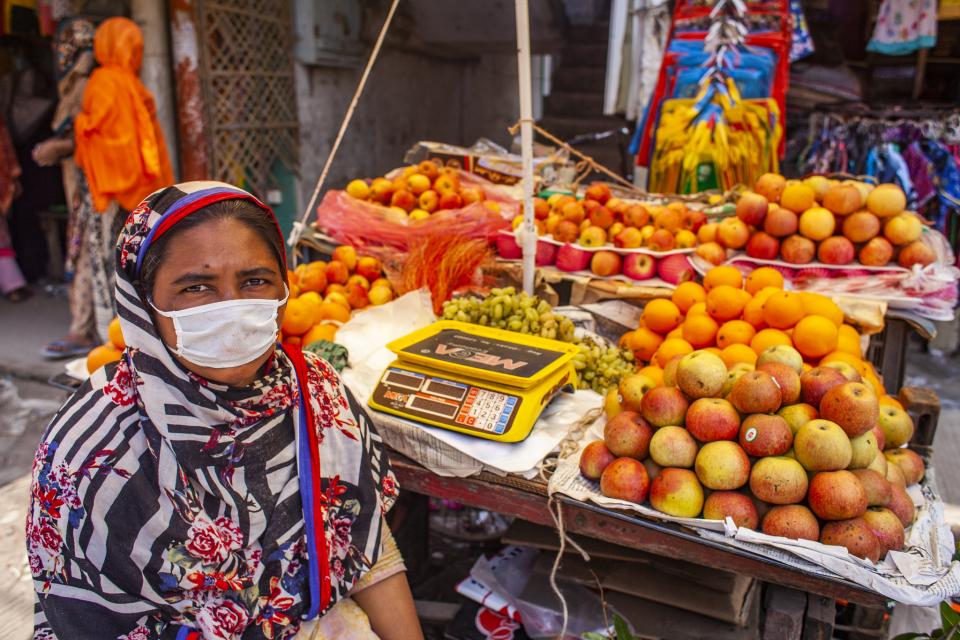Agricultural Integrated Survey (AGRIS)
 Photo: G. Smith/CIAT
Photo: G. Smith/CIAT
A survey tool to help collect agricultural data relating to technical, environmental, economic and social dimensions.
Why is the tool important?
Agricultural integrated survey (AGRIS) can provide agricultural data relating to technical, environmental, economic and social dimensions. In terms of measuring labor, the survey looks at the volume of labor input according to agricultural holding provided by household members, external workers and contractors, and organization of labor on the agricultural holding.
Who is the tool for?
The tool is for policy makers, researchers and practitioners.
How can I use the tool?
AGRIS covers different technical, economic, environmental and social dimensions of agricultural holdings through its core module and its four rotating modules on economy, labor, production methods and the environment and machinery, equipment and assets.
It is a modular data collection survey that collects data on a variety of agricultural aspects. The data can inform and support policy design and implementation through robust agricultural data in low-income countries, and provide data for monitoring relevant Sustainable Development Goals (SDG) indicators. It combines a generic, stand-alone and comprehensive data collection questionnaire that can be adapted for local needs by countries using internationally relevant statistical frameworks.
Sex-disaggregated data is available in the core and rotating modules; identifying male- and female-headed households; and measures women's contributions to agriculture through labor and access to control of productive resources, assets and extension services. Section 7 of the core module focuses on labor used by the holding along the following indicators:
- work on the holding by the holder and his/her household members
- work on the holding by external workers. In addition, the rotating module on labor also captures data on overview of the holdings and labor; time use; payments and benefits; main activities; labor contribution; payments and demographic characteristics of external workers; and data on contractors.
AGRIS is synchronized with the agricultural census and operates over a ten-year cycle. AGRIS seeks to decrease the burden of conducting censuses by scheduling the collection of thematic data over this time frame.
AGRIS consists of a collection of questions that can be classified into one of two main categories: a core section and a rotating section. The core section (also referred to as the ‘Core’ or ‘Core Module’) is an enhanced production survey that also focuses on a range of different themes, which remain largely the same in each survey round.
The rotating section (which comprises several ‘Rotating Modules’) is devoted to specific themes, the implementation frequency of which will vary among countries with different agricultural systems and data demand priorities.
When and how was it developed?
AGRIS was developed by Food and Agriculture Organization (FAO) of the United Nations. A core team of senior agricultural statisticians with extensive knowledge of, and several decades of experience in, surveys and censuses in various regions of the world prepared the tool.
The team’s work was coordinated by François Fonteneau, AGRIS Programme Manager in the Global Office of the Global Strategy to improve Agricultural and Rural Statistics, with the assistance of Neli Georgieva, Statistician, Global Office. Various lead experts have worked on the overall strategy of AGRIS, the content of the generic questionnaires, the phrasing of the questions and the logical flows, as well as on the budget and operational considerations and sampling strategies and practices.
Where can I get the tool? Who can I contact?
Tools, methods, manuals
Publications



